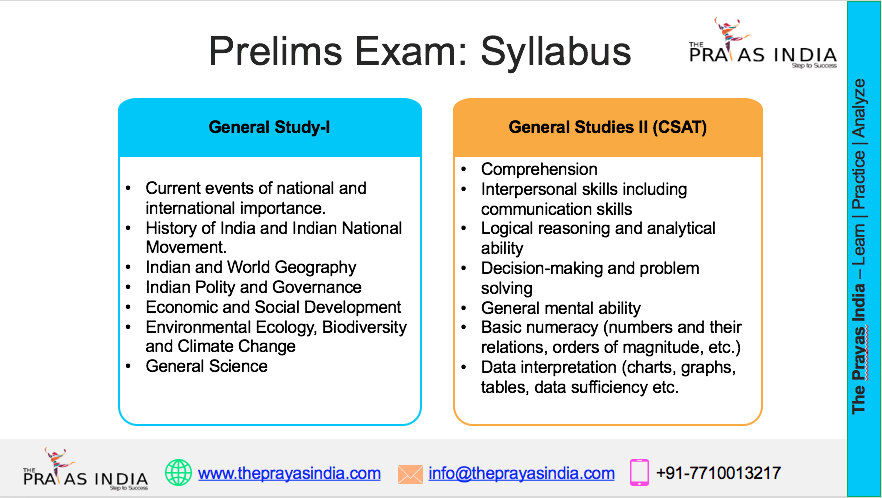Indian Railways Tests Hydrogen-Powered Train – A Major Step Towards Sustainable Transport
Indian Railways has achieved a significant milestone by successfully testing a hydrogen-powered train developed at the Integral Coach Factory (ICF) in Chennai. This cutting-edge train is poised to begin operations soon on the Jind–Sonipat route in Haryana, marking a pioneering step for sustainable transport in the country.
This initiative is part of India’s ambitious National Green Hydrogen Mission, which aims to produce five million metric tonnes of green hydrogen annually by 2030. The mission plays a crucial role in India’s target to achieve net zero carbon emissions by 2070, positioning the country as a leader in clean energy and environmental responsibility.
How Hydrogen Train Technology Works
The hydrogen-powered train relies on advanced hydrogen fuel cells to generate electricity. Hydrogen is produced locally at Jind using a 1-MW polymer electrolyte membrane electrolyser that splits water into oxygen and hydrogen using electricity sourced from renewable energy such as solar and wind. This electrolyser process ensures the entire fuel cycle is carbon-free.
Onboard the train, hydrogen stored in tanks enters fuel cells where it reacts with oxygen from the air. These fuel cells convert hydrogen back into water and produce electricity, which powers the train’s electric motors. This process emits zero carbon dioxide, making it a true green alternative to diesel and electric trains powered by fossil fuels.
Electrolyser and Fuel Cell Mechanism Explained
Electrolysers use electric current to split water molecules (H2O) into hydrogen (H2) and oxygen (O2). A polymer membrane in the electrolyser permits only positively charged protons to pass through, separating the two gases. Within the fuel cell, the reaction reverses: hydrogen molecules split into protons and electrons; the protons combine with oxygen to form water, while the electrons generate electricity by flowing through an external circuit to power the train.
Green Hydrogen Production: Renewable Energy at the Core
Green hydrogen is produced exclusively using renewable energy, eliminating carbon emissions associated with traditional hydrogen production. India plans to scale its renewable energy portfolio aggressively to meet the goals of the National Green Hydrogen Mission. Innovative techniques like microbial electrolytic cells, which generate hydrogen from organic waste using microbes, are also being explored as sustainable alternatives.
Overcoming Cost and Material Challenges
One of the key hurdles in hydrogen technology is the reliance on expensive catalyst metals such as platinum and iridium in electrolysers and fuel cells. Indian researchers are actively developing alternative catalysts using more affordable materials like nickel, cobalt, and iron. Early breakthroughs include nickel-based electrodes that offer comparable performance, which could drastically reduce costs and accelerate green hydrogen adoption.
Significance and Future Prospects
With this successful test, India joins Germany, France, Sweden, and China as pioneers deploying hydrogen-powered trains. The new hydrogen train, capable of carrying 2,638 passengers at speeds up to 110 km/h with a 1,200 HP engine, is expected to revolutionize regional transport on the Jind–Sonipat route.
The Indian government has committed Rs 2,800 crore to develop a fleet of 35 hydrogen trains by 2024-25, underlining its commitment to decarbonizing the transport sector. This endeavor is a crucial part of India’s comprehensive strategy to achieve zero-carbon emissions by 2070 and promote sustainable industrial growth.




![Prayas-तेजस [UPSC CSE Sociology Optional] – Online & Offline](https://theprayasindia.com/wp-content/uploads/2025/09/Prayas-तेजस-UPSC-CSE-Optional-Subject-The-Prayas-India-300x300.png)
![Prayas-सूत्र [UPSC CSE Materials (Hardcopy)]](https://theprayasindia.com/wp-content/uploads/2025/09/Prayas-सूत्र-UPSC-CSE-Study-Materials-Hardcopy-The-Prayas-India-300x300.png)
![Prayas-मंत्रा [UPSC CSE CSAT]](https://theprayasindia.com/wp-content/uploads/2025/09/Prayas-मंत्रा-UPSC-CSE-CSAT-The-Prayas-India-300x300.png)
![Prayas सारथी [UPSC CSE One on One Mentorship]](https://theprayasindia.com/wp-content/uploads/2025/09/Prayas-सारथी-UPSC-CSE-One-on-One-Mentorship-The-Prayas-India-300x300.png)










